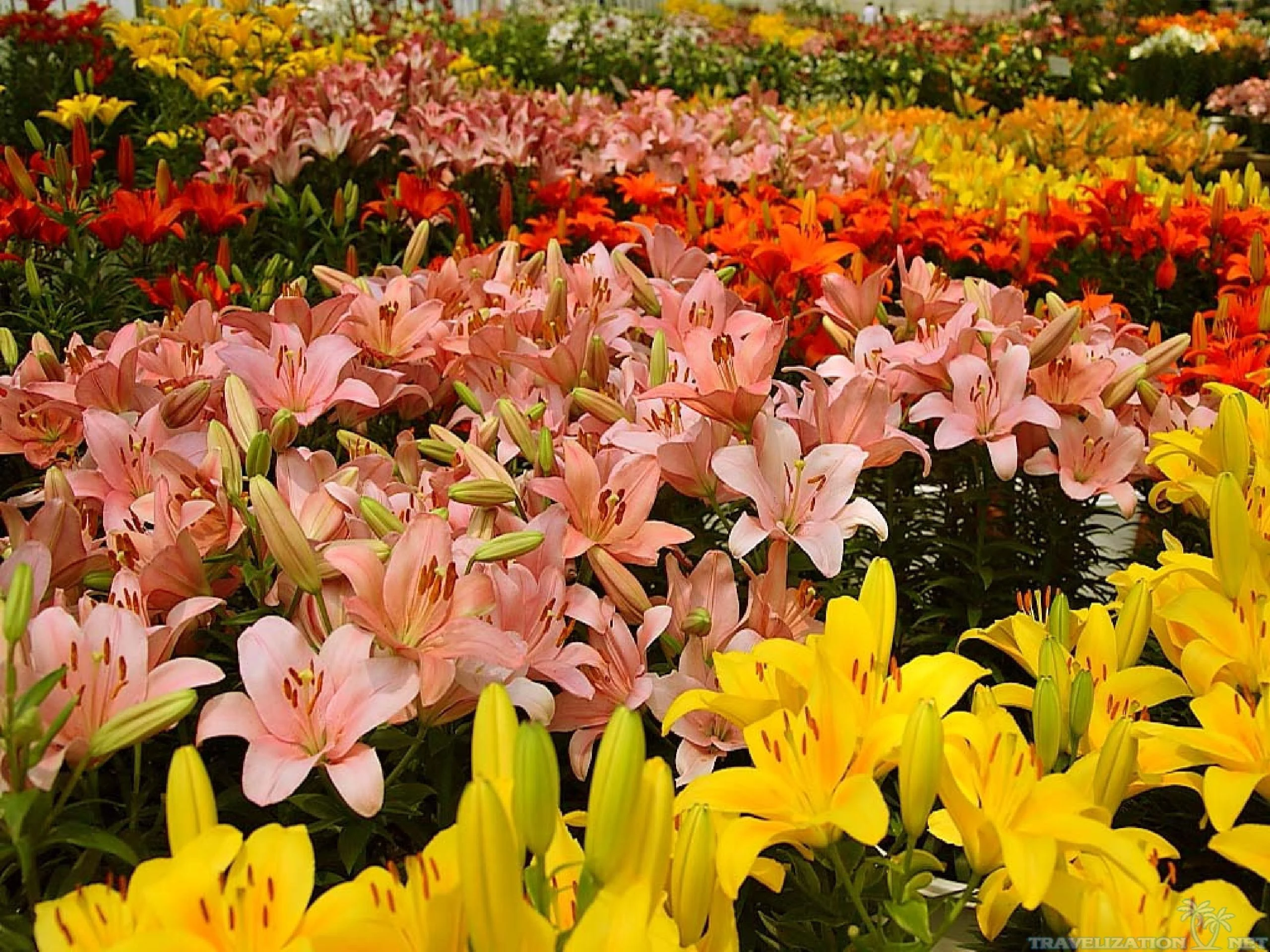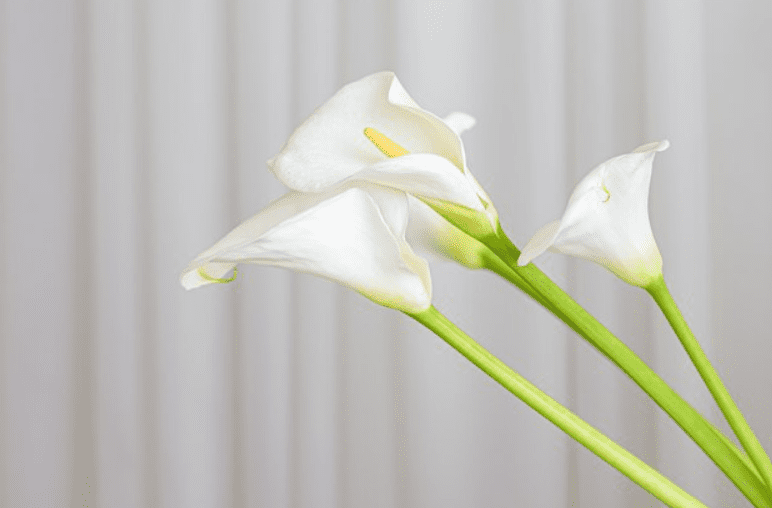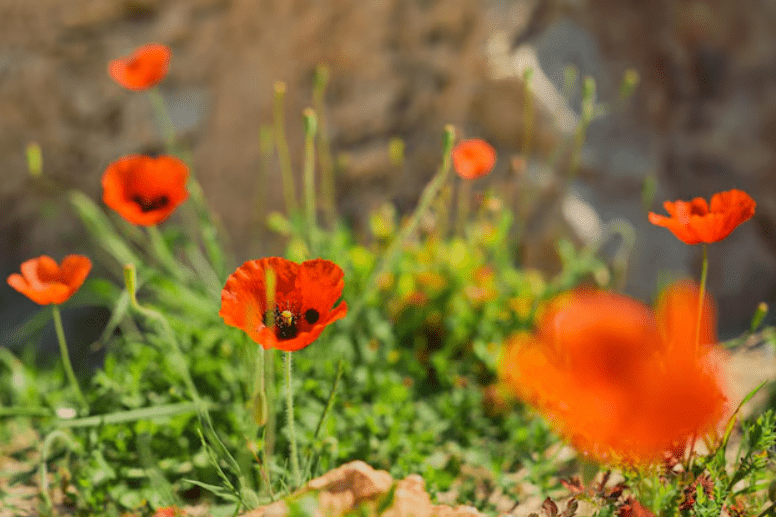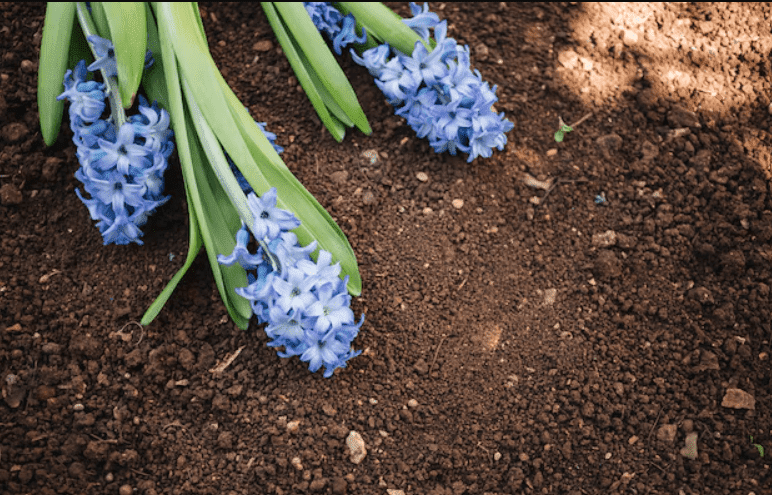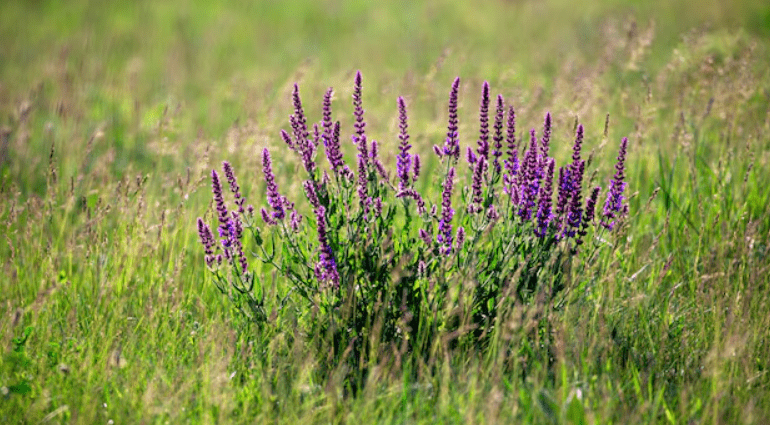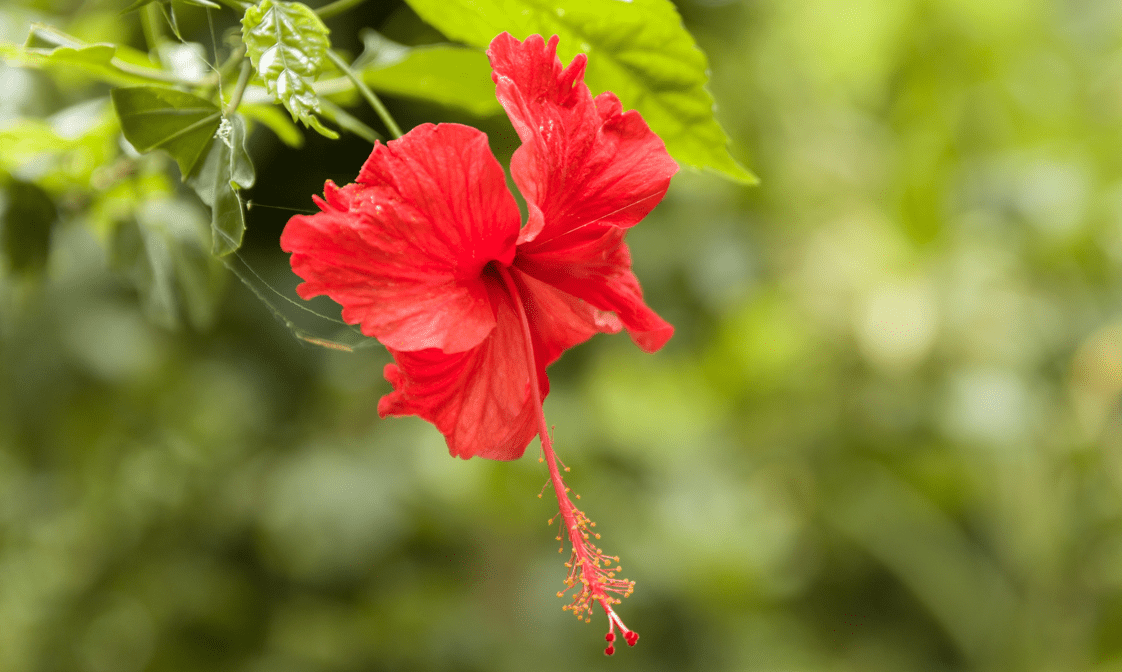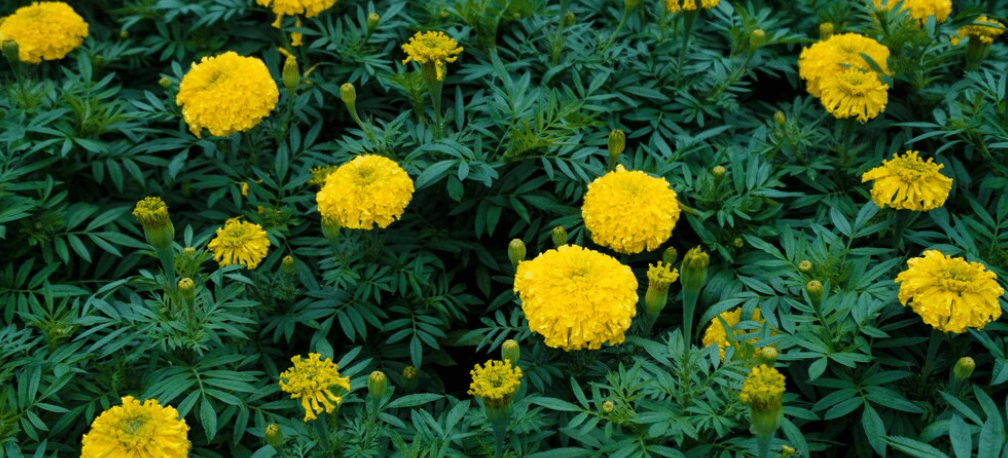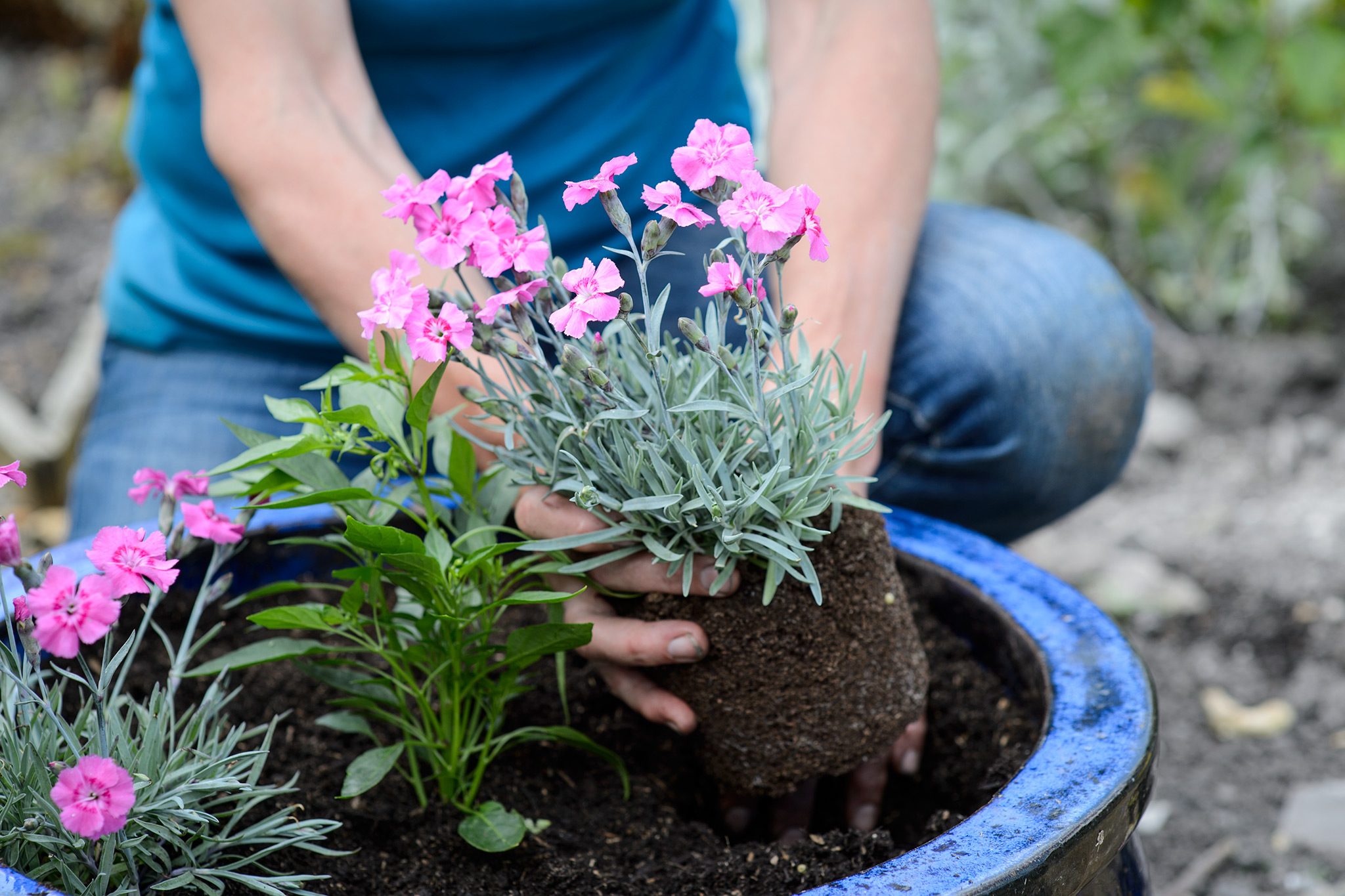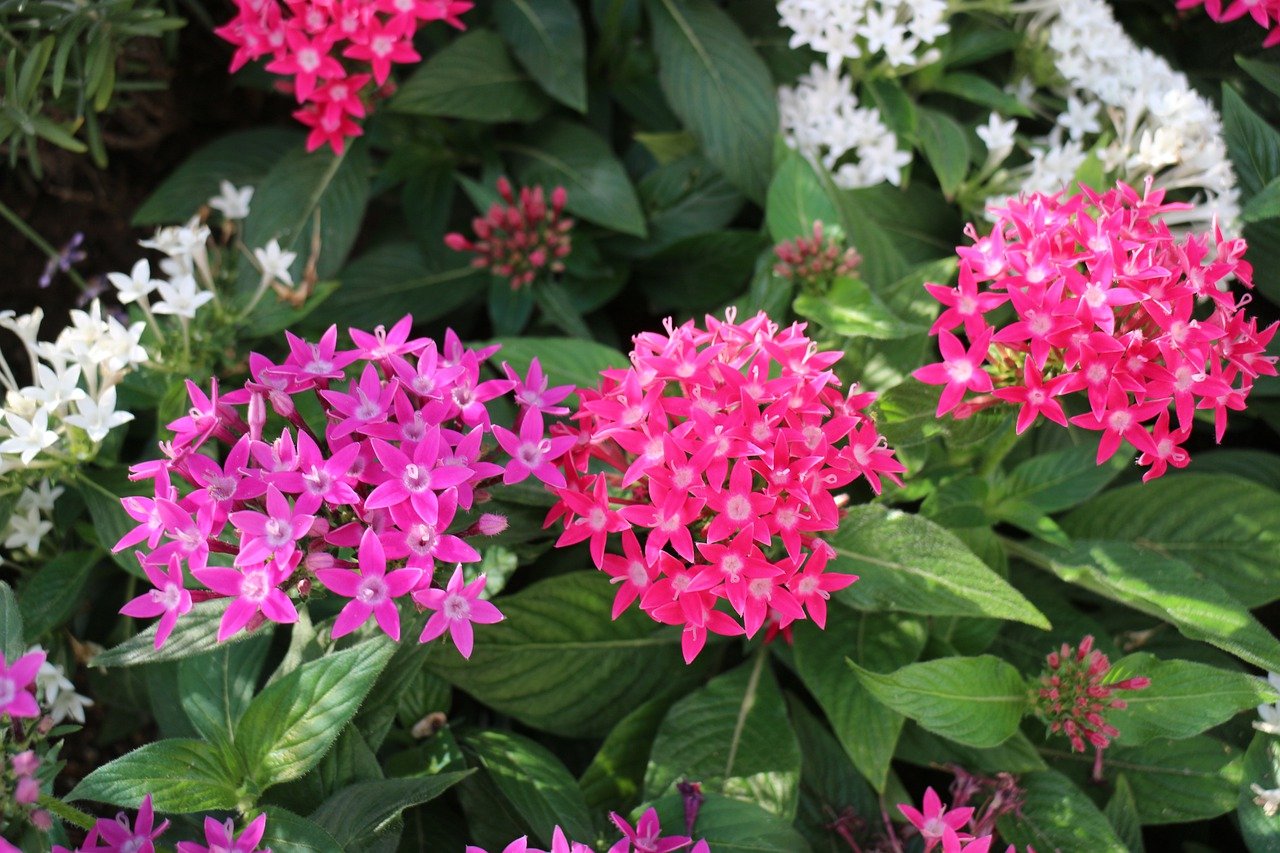Be aware that not all lilies are technically true lilies. True lilies are perennials that grow from bulbs with a distinctive scale structure and large, often sweet fragrant blooms that appear in spring and summer. The world of lilies can be quite vast, with over 80 species in the lily genus and numerous hybrids.
While most lilies are easy to cultivate, some varieties can be a bit more challenging. With the nine horticultural divisions of lilies outlined by the North American Lily Society, this guide will help you choose the best types of lilies to grow in your garden.
Table of Contents
Toggle10 Stunning Lilies to Grow In Your Garden
Asiatic Lilies
Asiatic lilies are often considered the easiest lilies to grow, making them a favorite choice for beginners. While their flowers are typically unscented, they compensate with a vibrant array of colors. The blooms can face up, down, or outward and usually appear in June or July. Popular varieties include ‘Lollipop’ and the compact ‘Buff Pixie,’ a dwarf cultivar that grows only 12 inches tall and thrives in pots.
Name: Asiatic lily (hybrid)
Height: 1–5 feet
Light: Full sun to partial shade
Water Needs: Average
Easter Lilies
Although the Easter lily is a popular seasonal gift plant, it has much more to offer. You can easily transplant it to a permanent spot outdoors. Easter lilies bloom with white trumpet-shaped flowers in July or August when not forced. Choose a sheltered area where the blooms receive sunlight, but the roots stay cool in the shade. Popular varieties include ‘Nellie White’ and ‘White Heaven.’
Name: Easter lily (Lilium longiflorum)
Height: 2–3 ft.
Light: Full sun to partial shade
Water Needs: Average
Oriental Lilies
The delightful fragrance of late-blooming Oriental lilies is unmatched, making gardeners more forgiving of their somewhat finicky nature. These lilies thrive in humus-rich, acidic soil, which can be accomplished by adding organic materials like compost and leaf mold. Their first blooms typically appear in August when many other flowers are fading. Due to their taller stature, they often need staking to prevent them from toppling over.
Name: Oriental lily (hybrid)
Height: 3–6 ft.
Light: Full sun to partial shade
Water Needs: Average
Stargazer Lilies
Stargazer Lilies was introduced in the 1970s. They revolutionized the world of Oriental lilies by offering upward-facing blooms, unlike the usual downward-facing flowers. These large, striking flowers bloom in mid-to-late summer with vibrant pink and white petals. Known for their strong, spicy fragrance, Stargazers are considered some of the most fragrant flowers.
Name: Stargazer lily (hybrid)
Height: 4 ft.
Light: Full sun
Water Needs: Average
Trumpet Lilies
With their impressive, large flowers, trumpet lilies stand out in the mid-summer garden. Their blooms emit a rich, sweet fragrance. While they’re easy to grow, their massive flowers (often more than a dozen per stalk) may require staking for support. Popular varieties include ‘African Queen’ and ‘Golden Sunburst.’
Name: Trumpet lily (hybrid)
Height: 4–8 ft.
Light: Full sun
Water Needs: Average
Tiger Lilies
This species of Asian lily earns its name from its bright orange blooms adorned with dark spots. It typically flowers in mid-to-late summer and produces up to 10 unscented blooms per stem. Unlike other lilies, the tiger lily doesn’t produce viable seeds but instead forms small aerial bulblets in the leaf axils along the stem. This feature sets it apart from similar-looking lilies, like the Michigan lily. Tiger lilies are known for their strong resistance to diseases.
Name: Tiger lily (Lilium lancifolium)
Height: 3–5 ft.
Light: Full sun to partial shade
Water Needs: Average
Martagon Lilies
Martagon lilies, also called turkscap lilies, can be challenging to grow, but the striking 5-to-6-foot flower stalks of mature plants are well worth the effort. Expect fragrant blooms in May or June. These lilies are the most shade-tolerant of all garden lilies, making them ideal for planting along the edge of a woodland garden as long as they are kept away from the roots of larger trees. Remember that martagon lilies don’t transplant easily, so choose their planting site carefully. Popular varieties include ‘Fairy Morning’ and ‘Claude Shride.’
Name: Martagon lily (Lilium martagon)
Height: 3–6 ft.
Light: Full sun to partial shade
Water Needs: Average
Orienpet Lilies
If you can’t decide between Oriental and trumpet lilies, Orienpet lilies are the perfect solution. These hybrids combine the fragrance, height, and vibrant colors of Oriental lilies with trumpet lilies’ strong, resilient growth habit. Popular cultivars include ‘Conca d’Or’ and ‘Pretty Woman.’
Name: Orienpet lilies (hybrid)
Height: 3–8 ft.
Light: Full sun
Water Needs: Average
LA Hybrid Lilies
LA lilies result from a cross between Lilium longiflorum (the Easter lily) and Asiatic hybrid varieties. These hybrids feature tall, robust stems and large, slightly trumpet-shaped flowers with a subtle fragrance. They are available in a broad spectrum of colors, from pink and red to orange, yellow, and white, as well as striking bicolored and speckled varieties.
Name: LA lily (hybrid)
Height: 3–6 ft.
Light: Full to partial sun
Water Needs: Average
Madonna Lilies
Madonna lilies, Lilium candidum, or Candidum lilies are treasured heirlooms. These open-pollinated types have been passed down through generations. Known for their trumpet-shaped white blooms that appear in the summer, Madonna lilies are native to the Balkans and the Middle East. They thrive in a sheltered location, preferably with morning sun from an eastern exposure, and prefer neutral soil pH. Madonna lilies are also sensitive to damp conditions and should be planted in slightly dry areas to prevent grey mold.
Name: Madonna lily (Lilium candidum)
Height: 4–6 ft.
Light: Full sun to partial shade
Water Needs: Average

